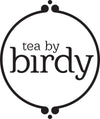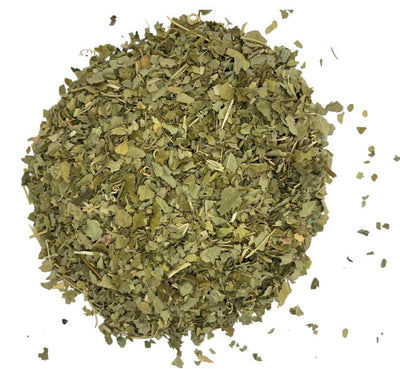History of English Afternoon Tea
While tea has been a customary drink in England ever since it was popularised by King Charles II in the 1660's, it wasn't until 1840 that afternoon tea became a "thing".
It came into vogue thanks to a young Duchess named Anna - the seventh Duchess of Bedford. In the early 1800's lunches were generally light meals and the main evening dinner wasn't served until around 8pm. Leaving a long period of time between lunch and dinner.
A rather hungry Anna began requesting a small meal around four o’clock every afternoon. The Duchess asked for a tray of tea, cake and bread to be brought to her room during the late afternoon. Over time, she invited friends and neighbours to join her, allowing the chance to dress up, gossip, chat about fashion, theatre, and any exciting secrets and scandals - all while sipping an elegant cup of tea.

Over time, afternoon tea evolved into more elaborate affairs throughout the counties. Menus began to offer guests neat little sandwiches filled with smoked salmon, thinly sliced cucumber, or egg mayonnaise. Scones, fresh from the oven, served with jam and clotted cream, and home baked cakes and biscuits.
By 1880, afternoon tea was widely attended by the higher end of society throughout Britain. Women would change into long gowns, gloves and hats for their afternoon tea which was usually served in a drawing room.
Proper tea party etiquette was expected when attending a tea party. Some handy tips included (this is best read aloud with a very posh English accent).
Afternoon Tea Etiquette
- Once seated, ensure one's purse is placed on one's lap or behind oneself against the chair back.
- Never, ever use one's napkin as a handkerchief. Please excuse oneself from the table and go to the ladies' room.
- Sugar is placed in one's teacup first, then a thin slice of lemon. If one would like to have milk in one's tea, add it after the tea is poured.
- One shall never use milk and lemon together.
- Hold the handle of the teacup using one's thumb and first one or two fingers.
- There is no need to stick out one's pinkie finger.
- One should look into the teacup when drinking, never over it.
- When stirring one's tea, be careful not to clink one's spoon against the cup.
- Of course, never take a drink of your tea without removing the spoon first, and please never, ever sip from the spoon.
- Do not blow on the tea if it is too hot.
- When eating, one should take only small bites, since attending a tea is a social occasion and you will want to participate in the conversation. And one cannot participate in the gossip with a full mouth.
- Your hostess will signal the end of the afternoon tea by picking up her napkin. Everyone else will then pick up their napkin by the centre and loosely lay to the left of their plate.

So, what are you waiting for? Grab your favourite Tea by Birdy tea, some yummy cakes and sandwiches and enjoy afternoon tea with your favourite people.







